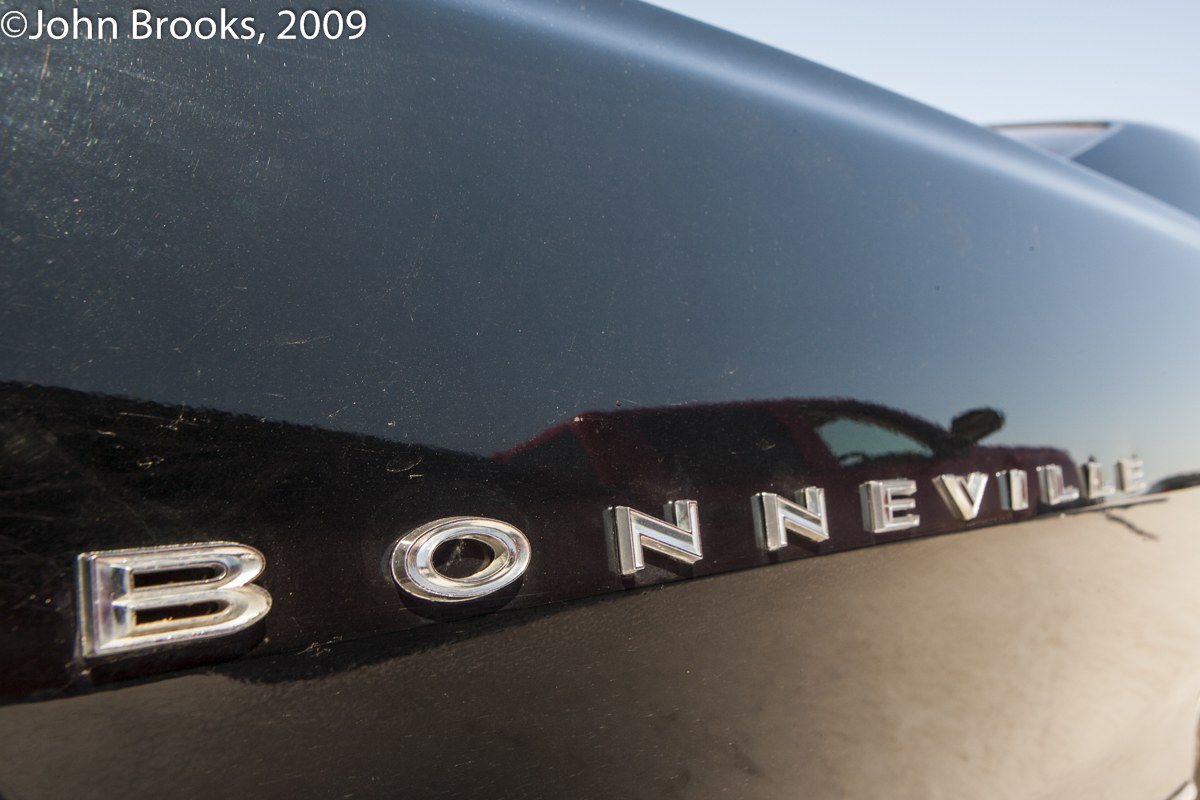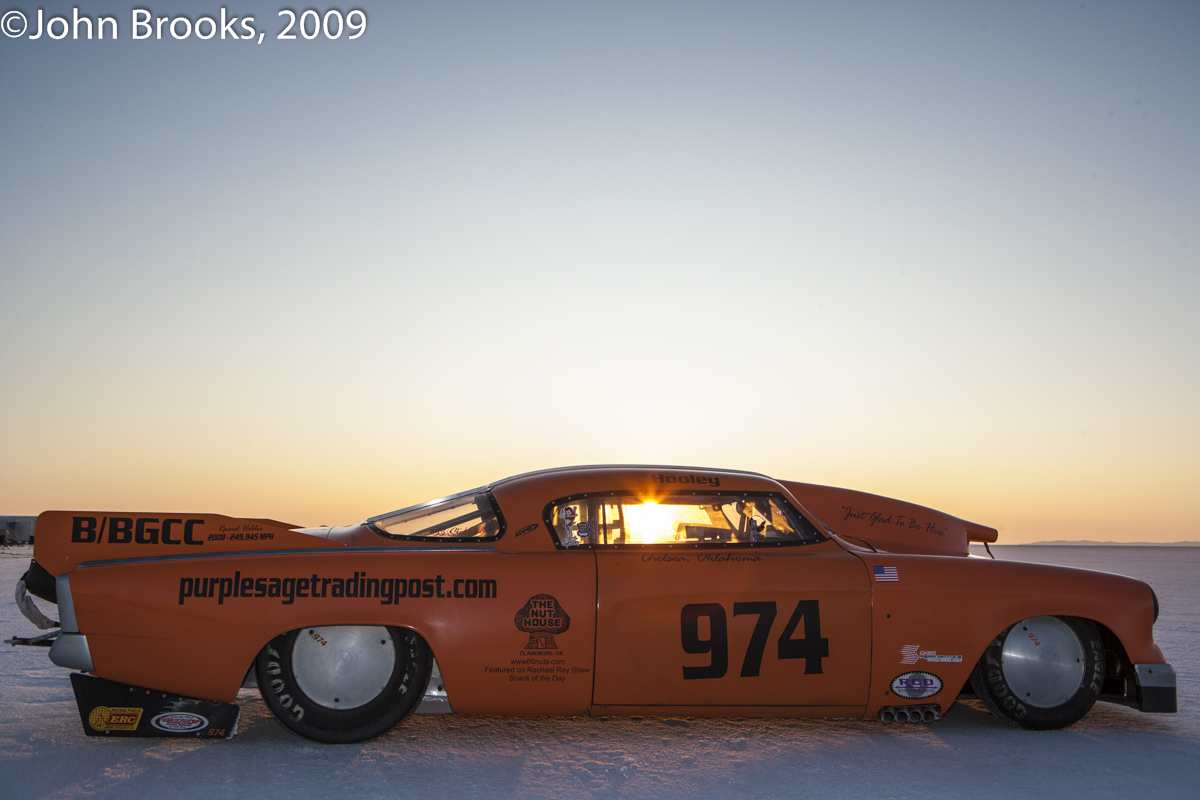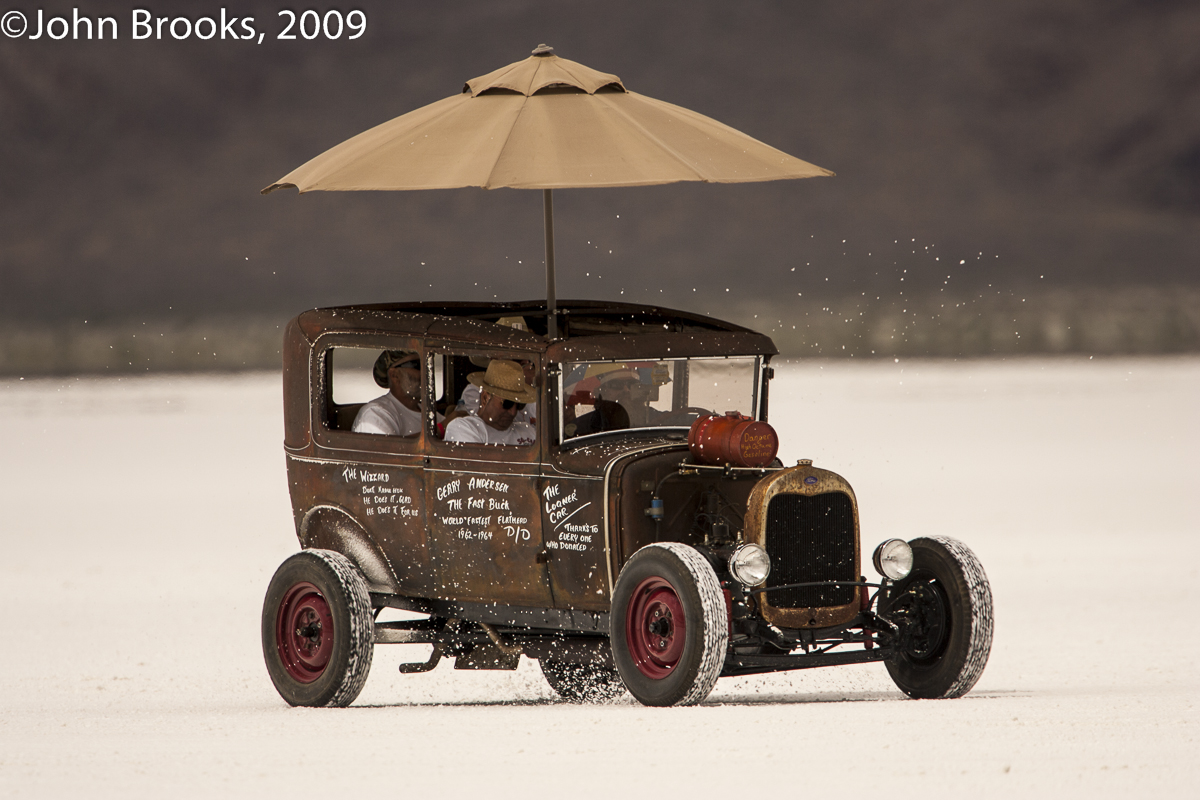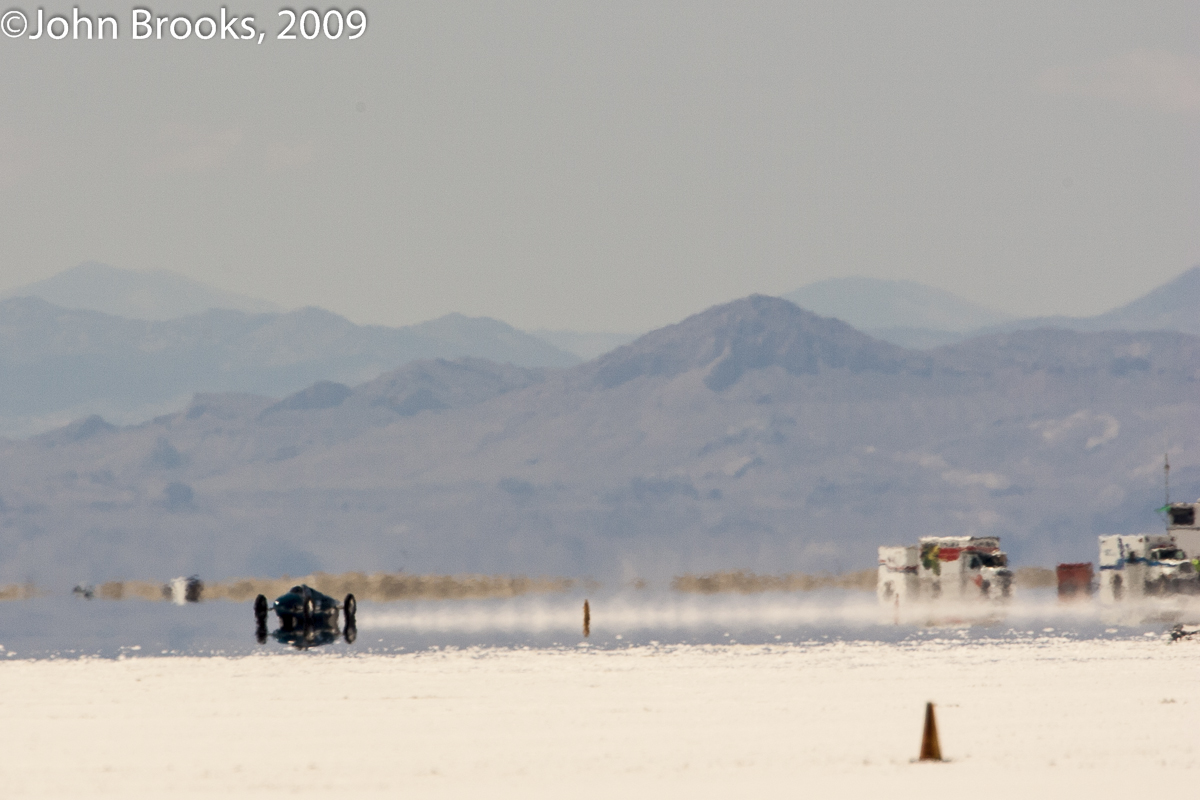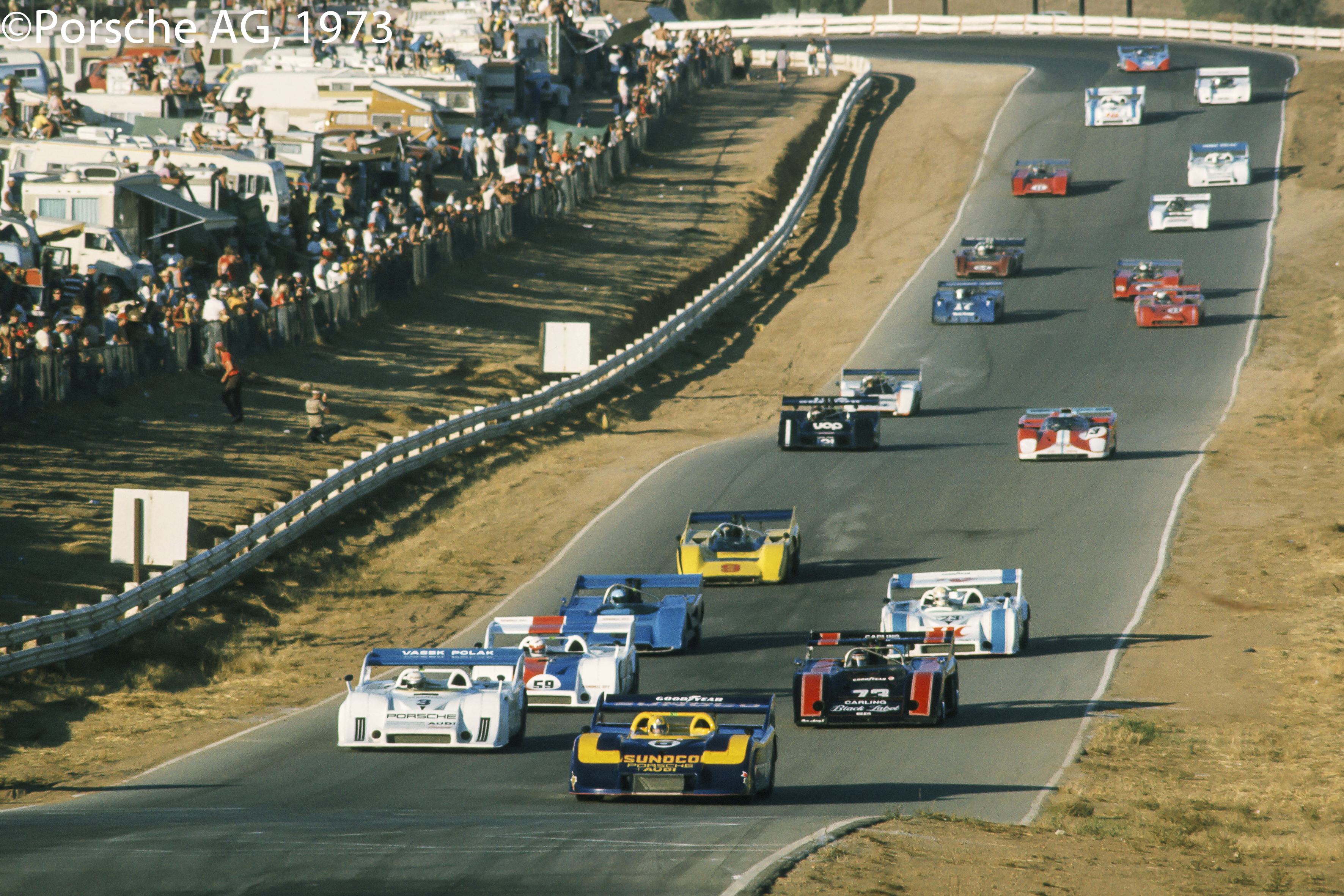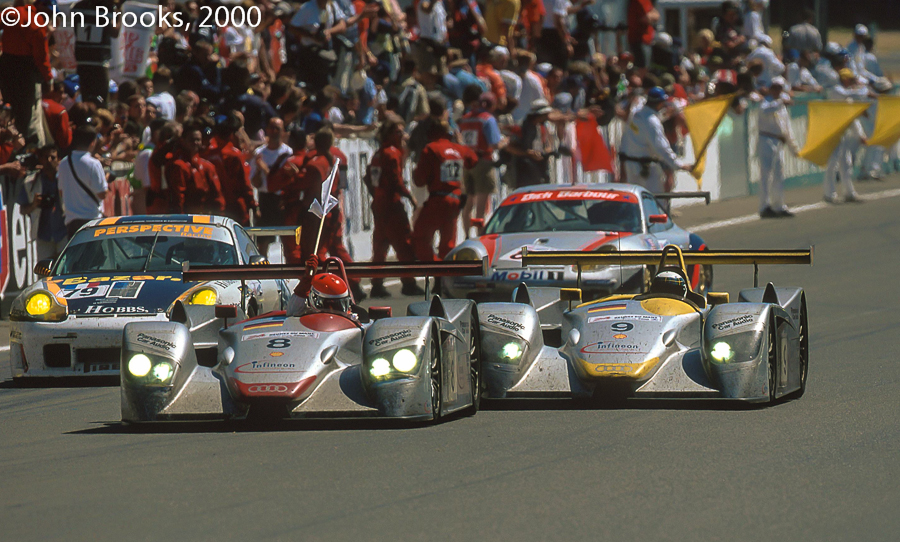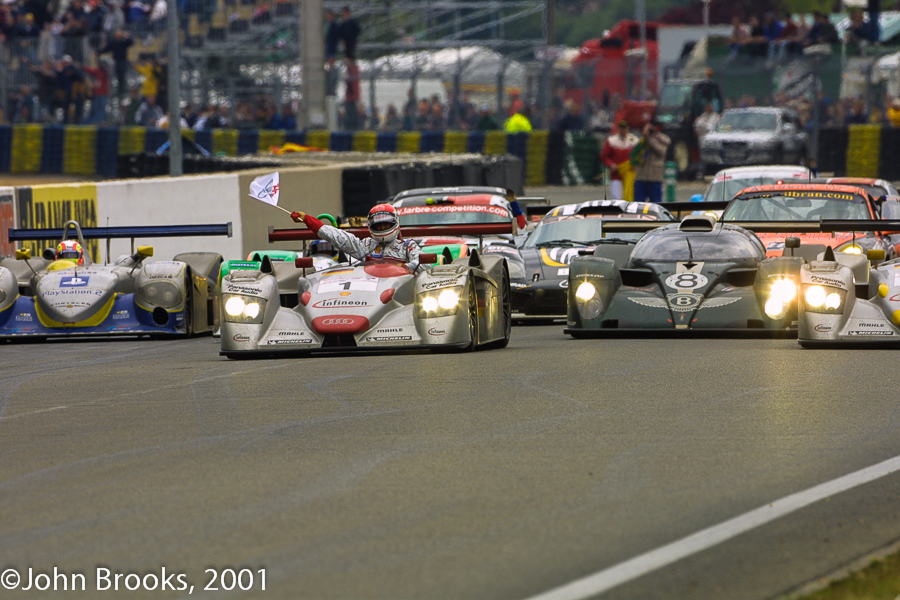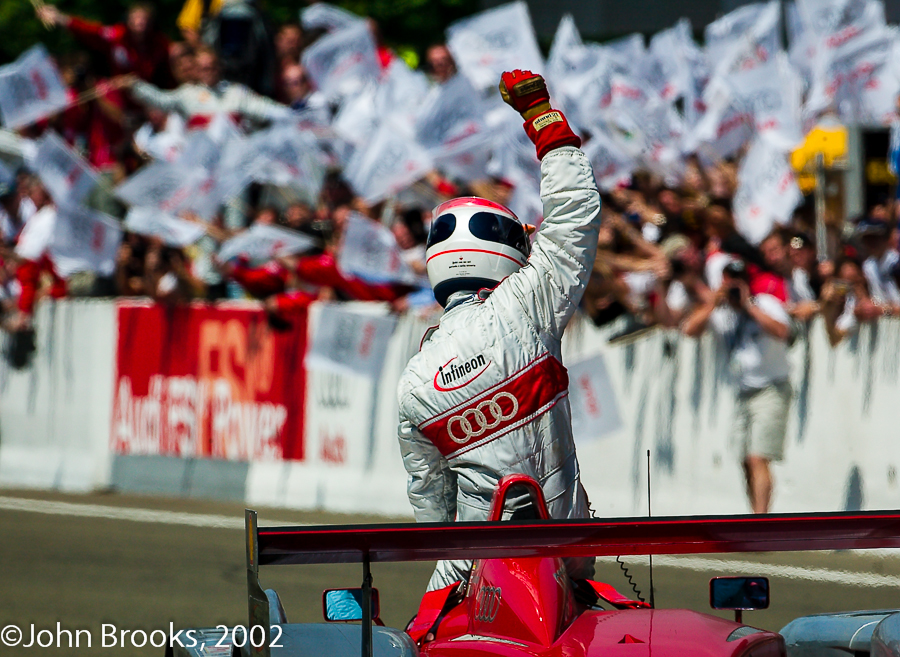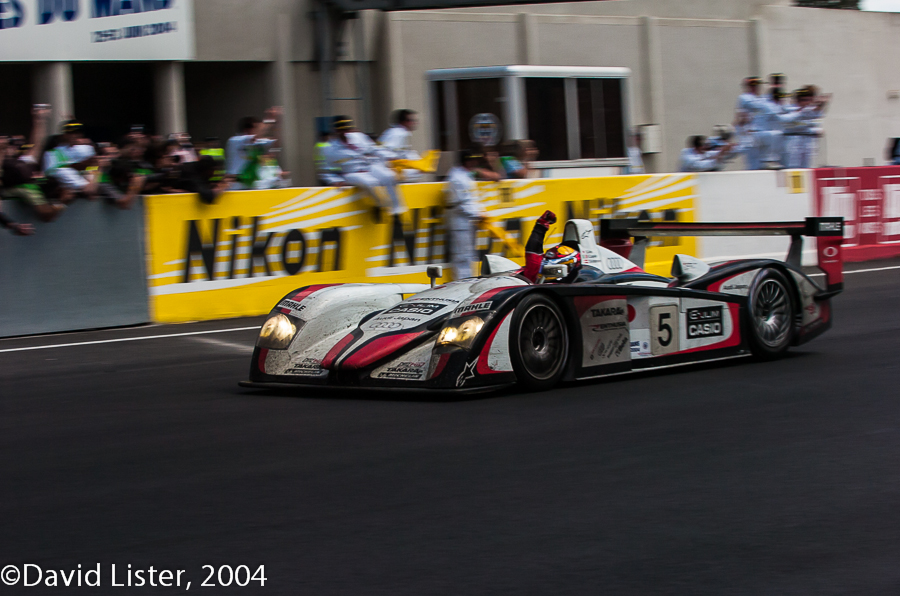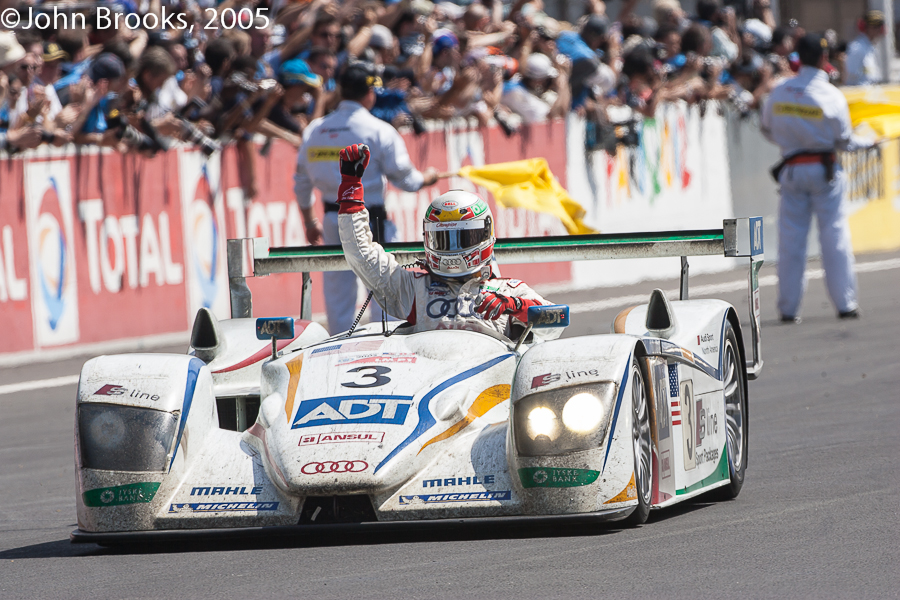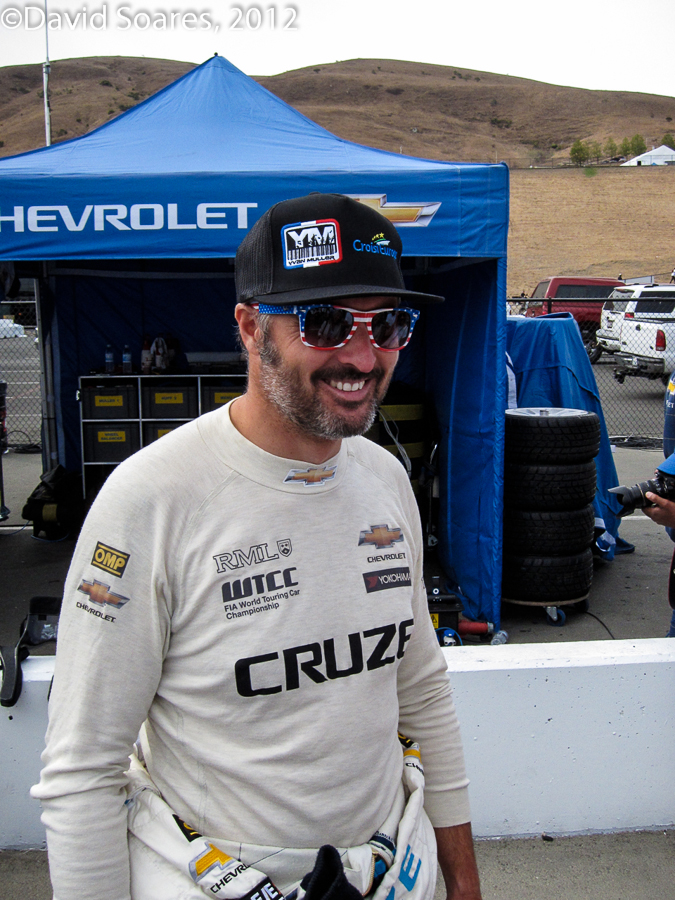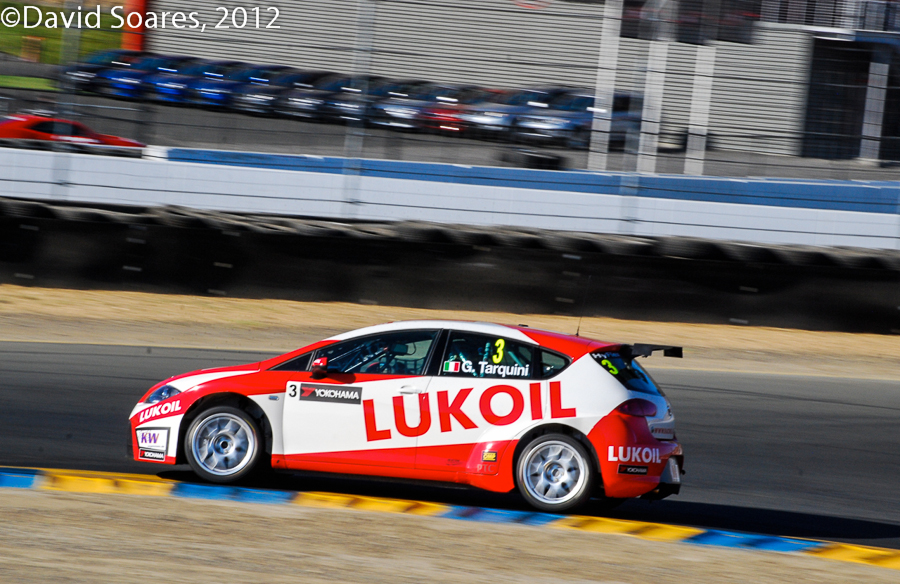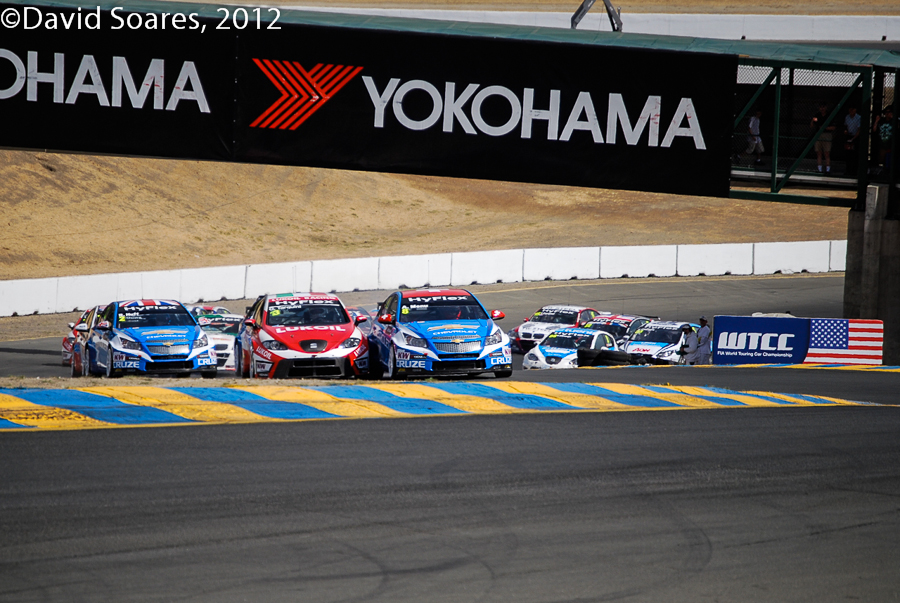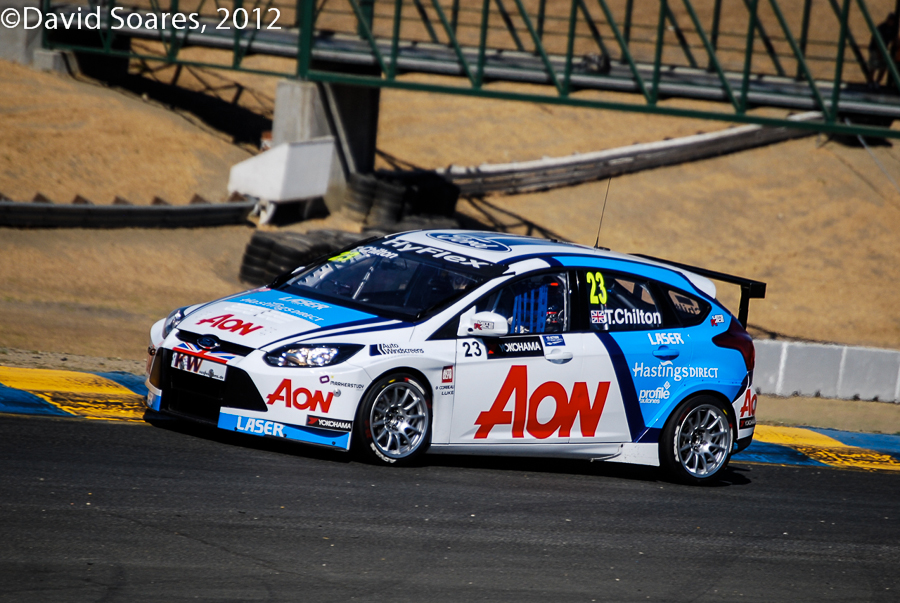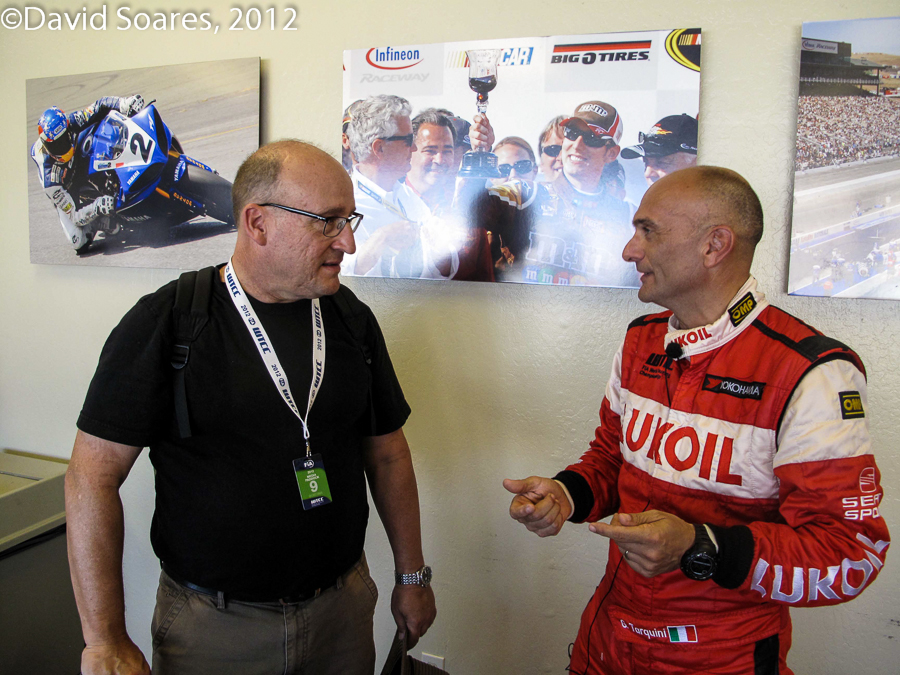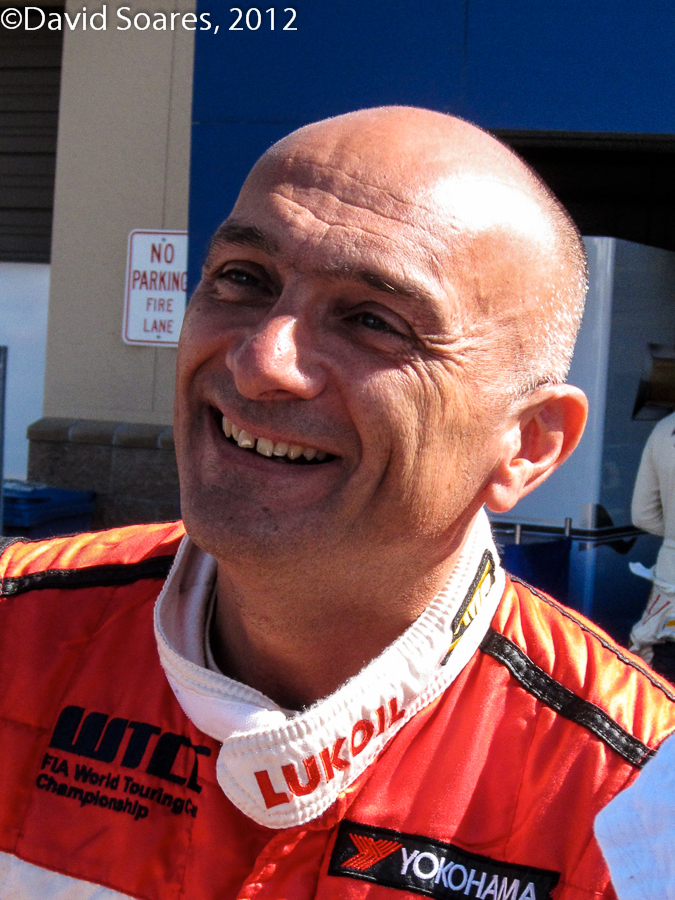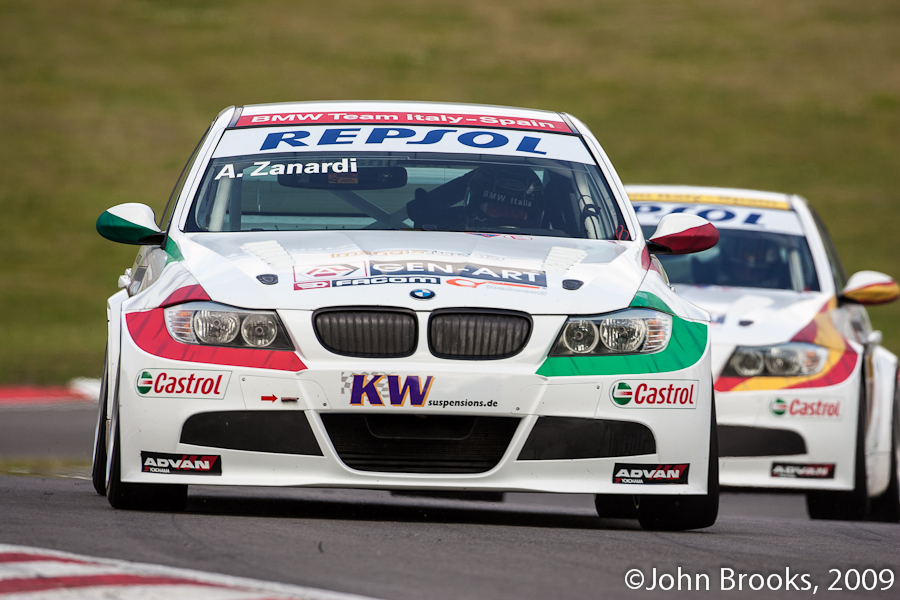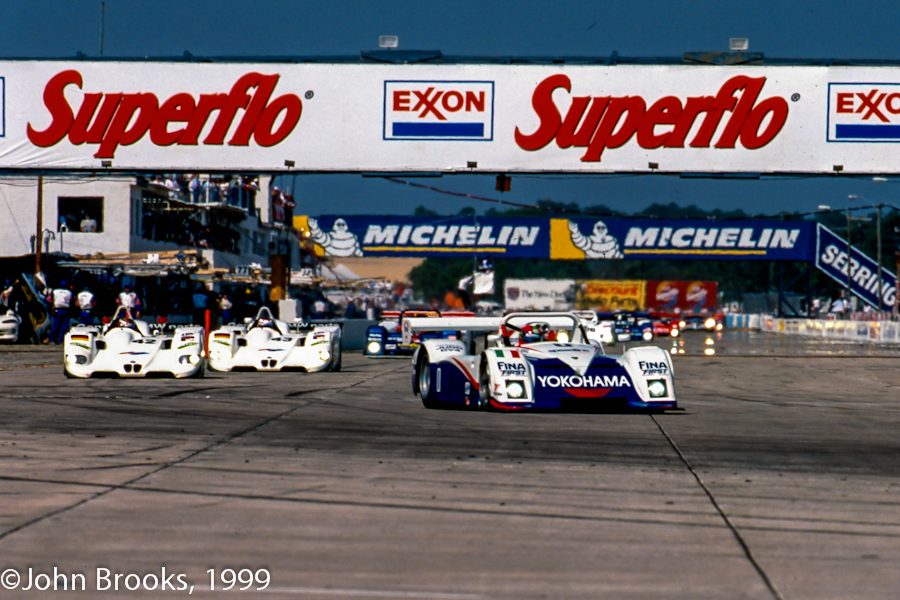
La Route est Dure
It would appear that Peugeot’s sudden withdrawal from its Le Mans campaign has provoked a state of ire amongst the motorsport mavens of the UK’s journalistic community. As I noted recently, Autosport ran a piece last week purporting to the REAL reasons behind the Lion’s retreat. Of course, it did nothing of the sort and I was surprised at the reaction of those who took the time to peruse and reply to my piece. Some of what was written would not make comfortable reading for the magazine’s leadership, as they appear to have alienated a significant section of what should be their core market. Maybe only the cranks write to me, an unrepresentative selection; it would make perfect sense.
This week Damien Smith, editor of Motor Sport, gets into the act in his monthly editorial “Matters of Moment”. Mr Smith correctly declares that the stuffing has been knocked out of FIA WEC and Le Mans as a result of Peugeot’s withdrawal and Audi having little or no opposition, except a small Japanese company called Toyota. However getting the bit between his teeth he veers away from the rational.
“Peugeot is likely to return one day, if finances allow. But for now the best thing about a company that produces dull road cars is over. What a shortsighted and plain selfish decision, totally in keeping with a corporate bean-counter boardroom mentality.”
What??
What??
Motor Sport has been one of the recent success stories in the motoring print media. Since being sold to an independent publisher by the Haymarket empire, it has put on circulation, bucking the trend in the market and I would guess that advertising revenues are also on an upward course. The secret of this performance is simple really, well written content matched to top level production values; it is a premium product. This is why I take issue with the statement quoted above. It is completely at odds with the customary intelligence displayed throughout the magazine.
PSA Peugeot Citroën is Europe’s second largest car manufacturer, employing around 200,000 directly, though recent events have seen that number cut by over 5,000. So perhaps up to a million or so people are directly affected by the company’s performance, a number that is amplified many times when one considers those employed in the supply chain and other related businesses. Then there is the huge amount of tax that these people pay, directly or indirectly. These are big numbers.
Furthermore, in common with virtually the whole motor industry, PSA has strategic alliances with other giants such BMW, Chang’An, Dongfeng, Fiat, Mitsubishi, Renault and Toyota, either producing models under licence or developing new technologies. So even more people around the world who are directly affected if there are problems at PSA. New legislation is being introduced throughout the world is aimed at reducing emissions from motor vehicles, a costly process with all the expenditure and risk front loaded, a major financial headache for the management of any car manufacturer. Consideration must also be given to the social responsibilities that large corporations are bound by, particularly in Europe. The fortunes of PSA have potentially a major impact on the financial stability of France, Europe and the rest of the world. The Supervisory Board of PSA have on their shoulders a heavy responsibility. Many people depend on them doing the right thing; peoples’ future prosperity is at stake.
I wrote last week of the catastrophic losses in the second half of 2011 suffered by Peugeot.
Desperate times call for desperate measures. In last October PSA planned a reduction of annual overheads amounting to €800 million, coming at a cost of 6,000 jobs. Subsequently further cost cutting of around €200 million from annual overheads has been considered necessary. A race programme consuming a rumoured €50-60 million per annum would be an obvious target for both management and unions, given that any easy options had already been exhausted.
The losses will have also drained the cash reserves of PSA, so assets are being disposed of. The company raised €440 million from the sale of car rental company CITER and there is plan to dispose of real estate which is anticipated to raise a further €500 million. Perhaps the most significant sale is that of an undisclosed shareholding in wholly owned transport company GEFCO. Even in the difficult market conditions of 2011 GEFCO accounted for 16% of the PSA Group’s profits. Furthermore, disposing of these assets in the prevailing economic climate and in the circumstances of a fire sale is hardly likely to maximise potential returns. The PSA Group is hoping raise €1.5 billion from these transactions, a tall order.
What I had not looked closely at until now was the cash flow statement. Cash and liquidity are the life blood of any business. You can be profitable but if you run out of cash then you will go out of business. Even I can understand that.
The PSA Group had net cash and cash equivalents at the 2011 year end of €5.7 billion, a drop of €4.7 billion from the end of 2010. This massive decrease can be attributed to several factors, some planned, some not. On the planned side of the ledger the accounts reveal investment in new plants and ventures in India and China, markets that are expanding while Europe contracts. In addition there are the development and launch costs anticipated in 2012 of the Peugeot 208, the Citroën DS5 and the introduction of four other diesel hybrid models. During the first quarter of 2011 PSA also repaid €2 billion to the French State, the balance of a financial assistance package agreed in 2009.
What could not be foreseen at the time of budgeting for 2011 was the calamitous effect that the European Sovereign Debt Crisis would have on trade, particularly in PSA’s major market sectors. There are several problems affecting cash flow that manifest themselves in these circumstances, lack of profitability as margins are eroded, the holding cost of inflated inventory levels and the difficulty of hedging against currency fluctuations. The cost of raw materials was also increased unexpectedly by the instability on the currency exchange market. The ability to raise finance is also under pressure as sovereign nations struggle to meet their own liabilities. Put simply, borrowing and lending are a matter of trust and that is in short supply right now. Another unforeseen event that had an adverse effect was the Great East Japan Earthquake and Tsunami, causing a costly interruption of the supply of vital components.
So taking all of these factors into account it is difficult to see how the Supervisory Board of PSA could have done anything but axe the Le Mans project. If they are to continue to raise finance in an adverse market, then they need to demonstrate that they are willing to make difficult decisions and what better way than making a substantial cost saving in a high profile manner? There is also the small matter of the powerful French Trades Unions. There is no way that are they going to allow a non core activity such as racing to continue while their members are faced with possible redundancy. The argument that the new technology necessary to provide personal transport in the future will be developed faster in the heat of competition is a valid one, but all the technological advances in the world are pointless if the business has gone bust. The development will go on, perhaps at a reduced pace, but we live in an imperfect world.
Most people do not have as the centre of their universe a small city 120 miles to the west of Paris. Motorsport will not bring the cure for cancer or save the universe; it is part entertainment, part technological development and to those, like myself who are lucky to being involved in some minor capacity, mostly hugely enjoyable. Like all children I do not want my toys taken away, but just occasionally it has to happen. Who is being selfish now?
Finally calling the members of the PSA Supervisory Board “corporate bean-counters” is not polite nor strictly accurate. The Vice Chairman of the Managing Board is one Jean-Philippe Peugeot. He is definitely a motorsport enthusiast, having raced in 2010 in the Nurburgring 24 Hours in a Peugeot RCZ HDI. He also took part in four rounds of the 2005 Le Mans Endurance Series, driving a Pilbeam MP93 in the LM P2 class with Pierre Bruneau and Marc Rostan; he scored points in two races, including a podium place at Spa. However much Mr Peugeot enjoys motorsport, as senior management at PSA, he has responsibilities that must be discharged. A lot people are depending on him and his colleagues. I suspect that others in high places are “car guys” too.
So Mr Smith, withdraw your remarks. They are not in keeping with the brand values that are proclaimed on Motor Sport’s front covers:
Passion, Independence, Perspective, Opinion, Authority.
John Brooks, February 2012


